Is 1 Clivia worth tens of millions? You can grow it at home too!
Last Update :2024.10.28
Article Catalog
What to do if Clivia has rotten roots
What to do if Clivia is heartbroken
What to do with yellow leaves of Clivia
How does one Clivia plant grow into multiple plants
The more expensive Clivia variety
At the Changchun Clivia Festival that year, the Clivia named "Oriental Pearl No. 0" was priced at a high price of 99,999,999 yuan! At that exhibition, there were four Clivia plants worth over 70 million, and millions of Clivia plants could be seen everywhere! As long as Clivia is raised well, its value is definitely not a dream! So how can florists raise Clivia to make a great “money-making future”?

How to raise Clivia
How to raise Clivia
The precious and high-quality Clivia has emerald green leaves, clear veins, shiny and thick leaves, neat and stylish. How is it grown?
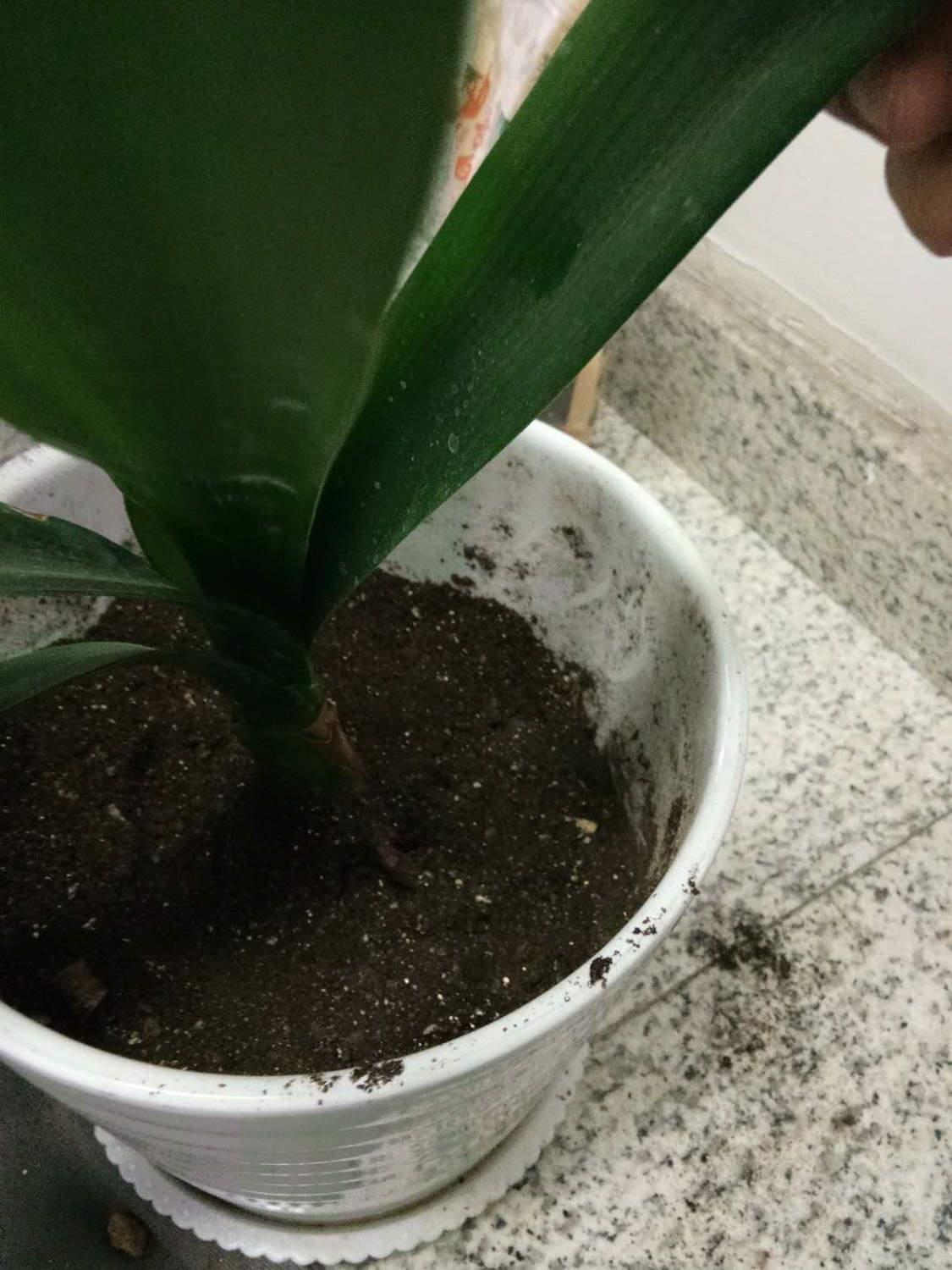
1. How to make the leaves of Clivia green?
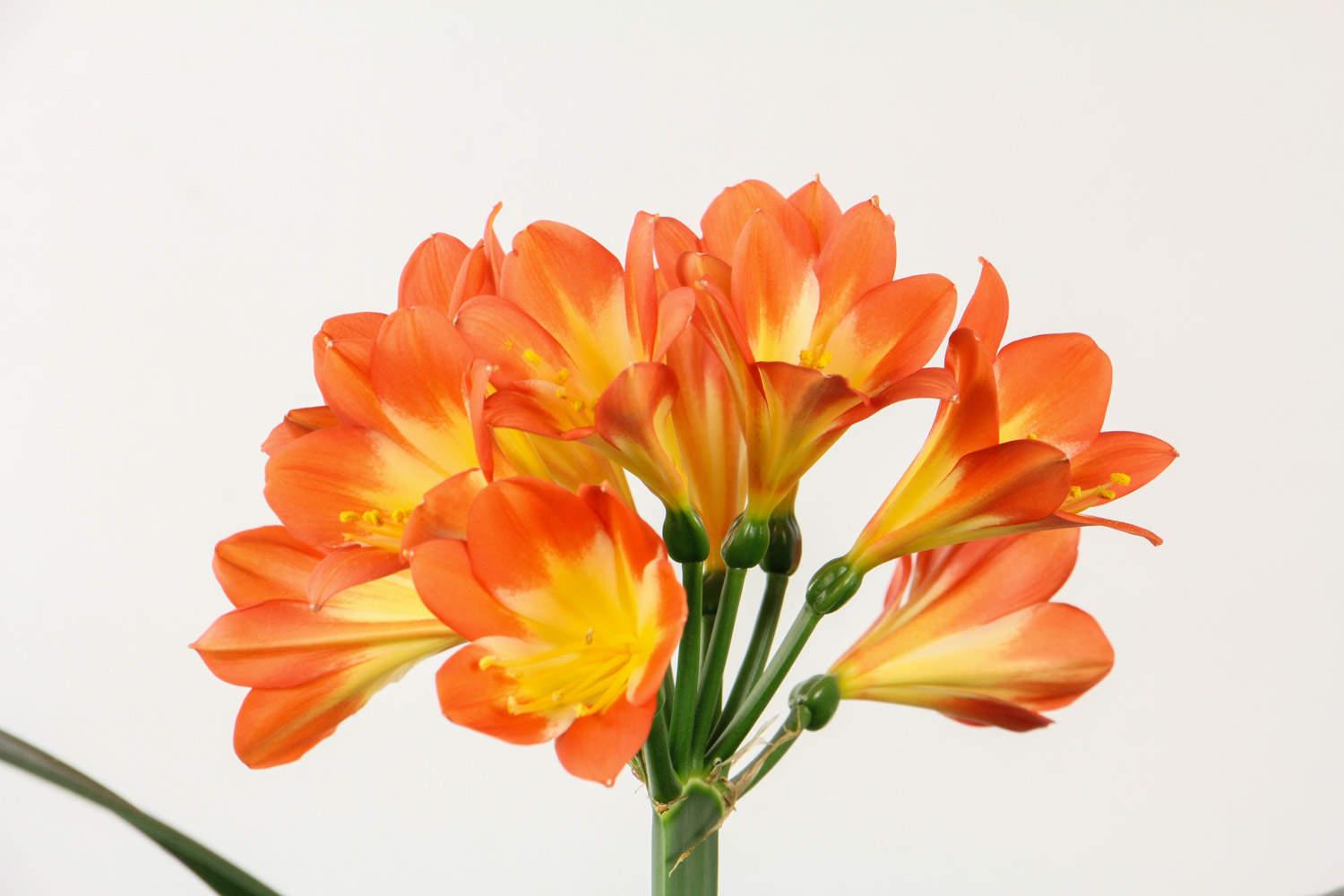
Trick:
(1) Clivia needs to be placed in a bright place indoors. Only when photosynthesis can proceed smoothly will the leaves of Clivia be green and healthy.
(2) Dilute the beer with water at a ratio of 1:50, and often use it to scrub the leaves of Clivia, which can promote photosynthesis and make the leaves green.
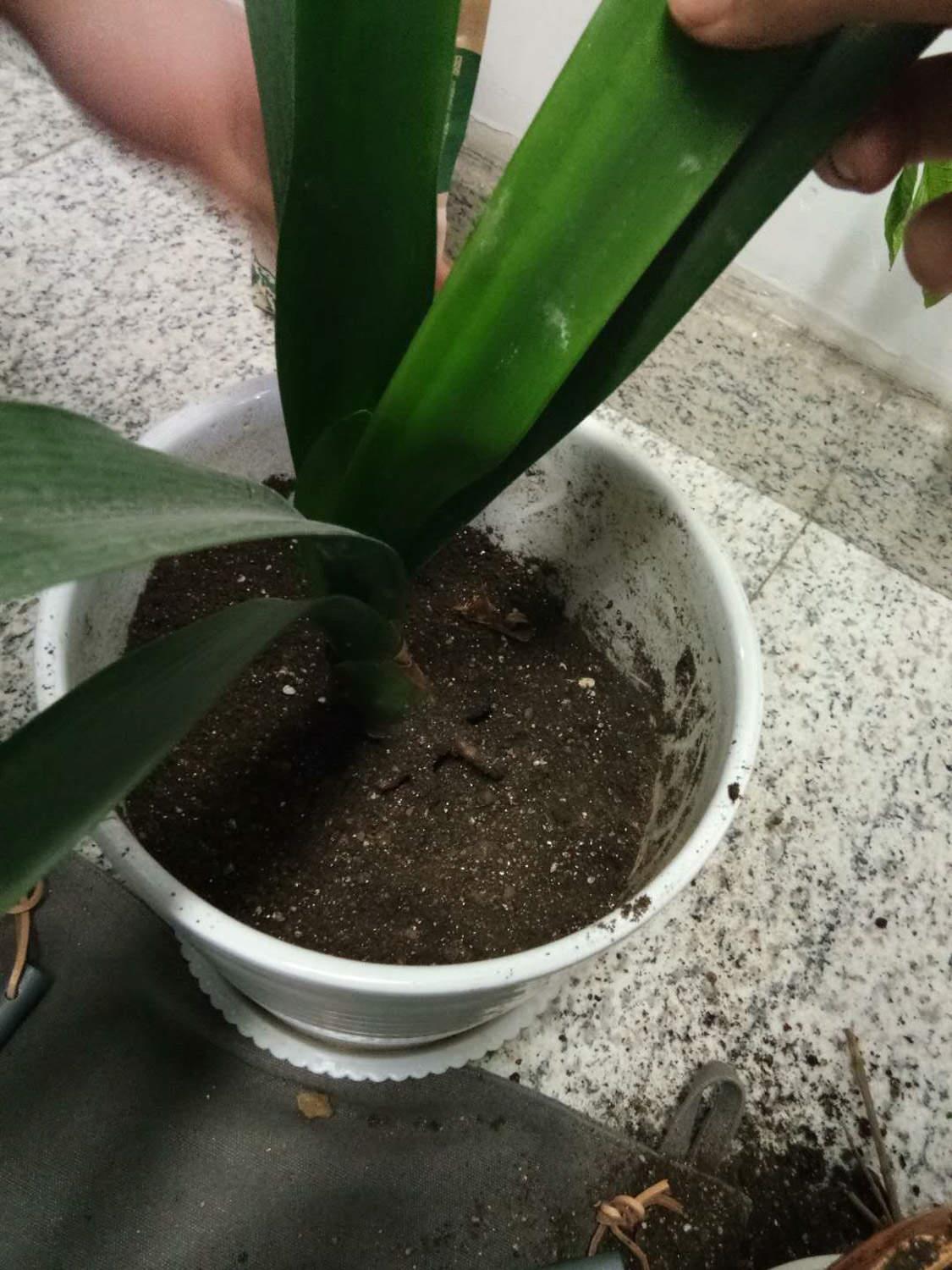
2. How to make Clivia leaves thick and shiny?
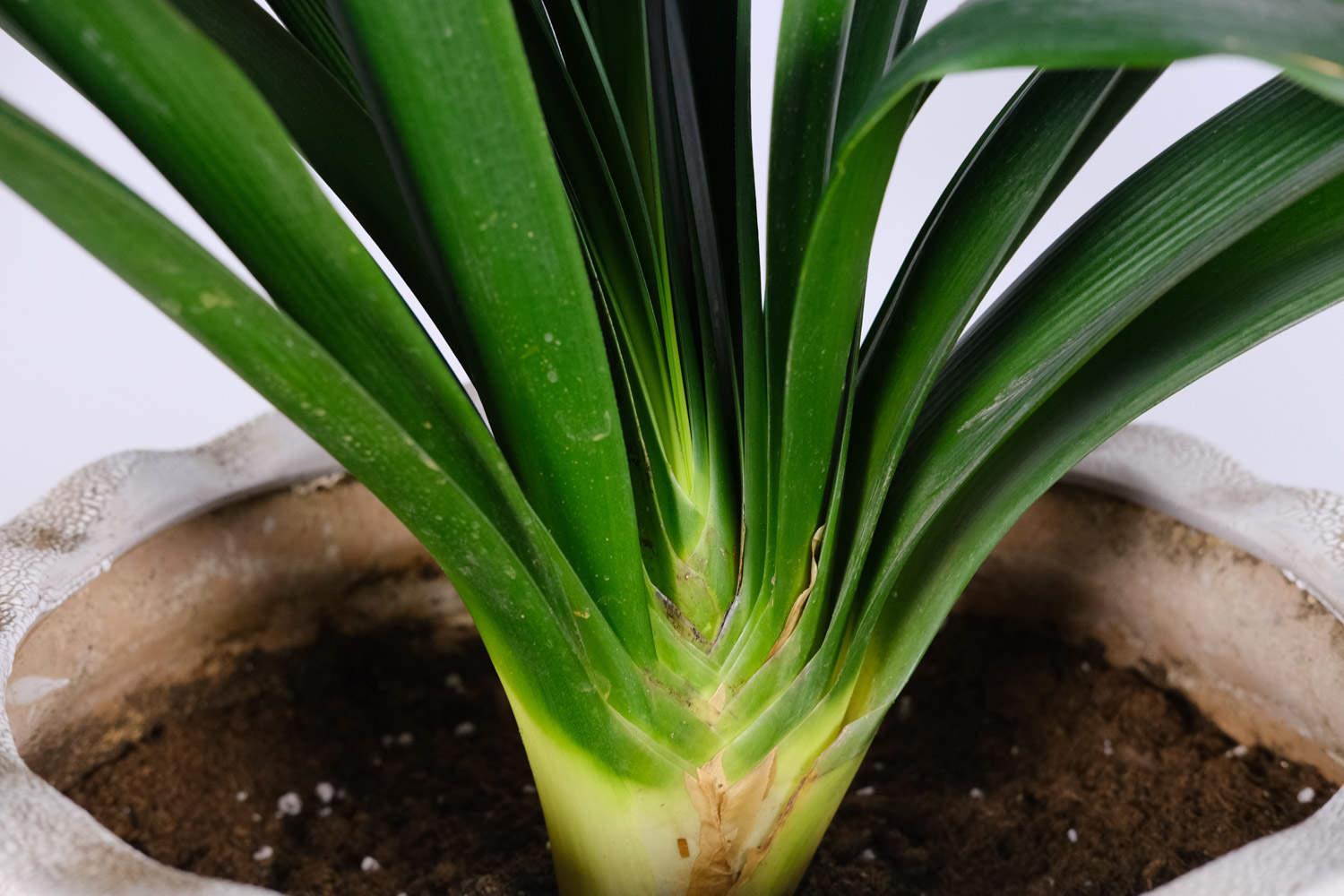
Trick:
; (1) Ensure sufficient nutrition for Clivia and apply thin liquid fertilizer to Clivia every half month. "Fertilizer cannot be separated from water, fertilize with water." Organic liquid fertilizer is diluted with water at a ratio of 1:2000 and poured into the Clivia.
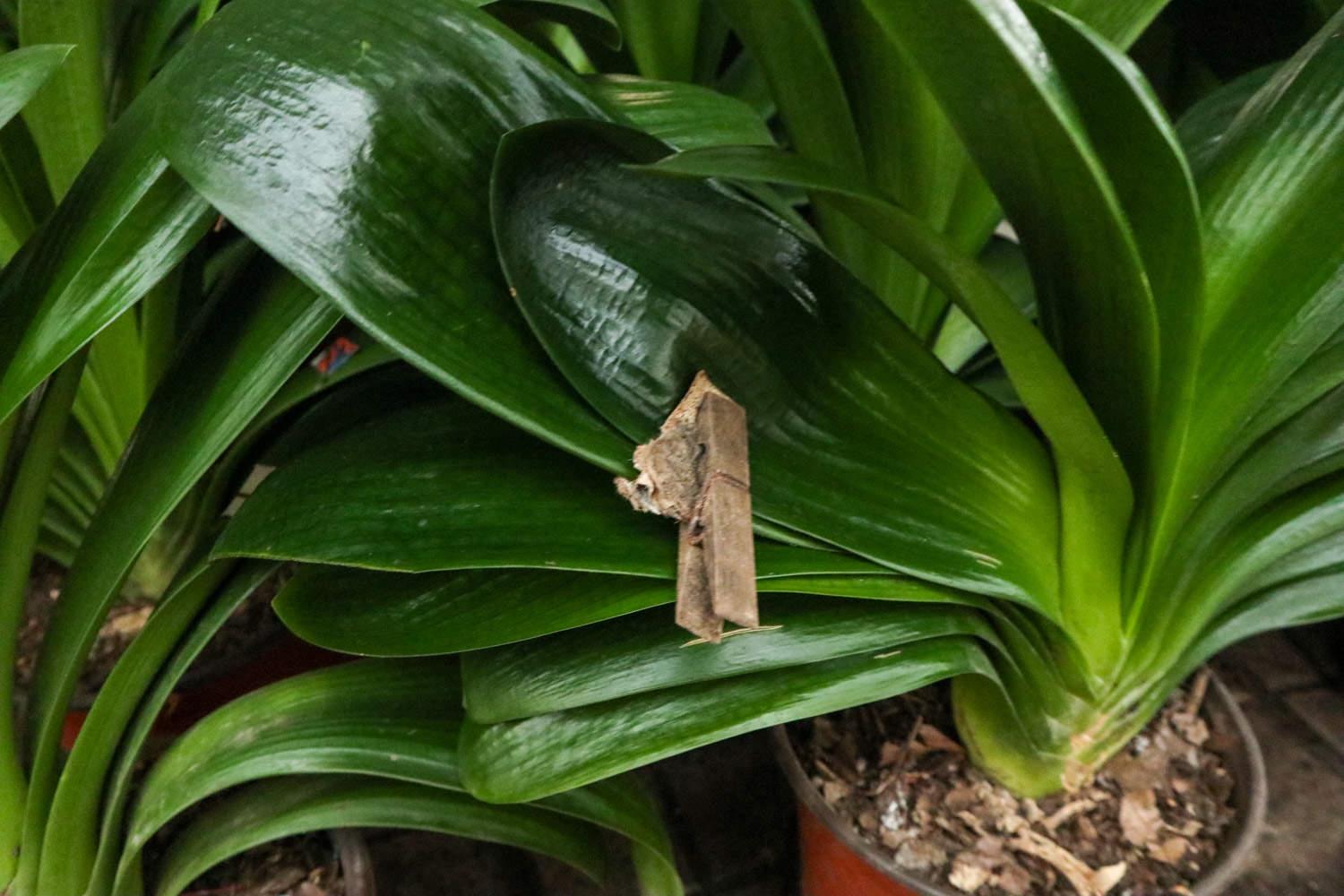
(2) Ensure that the soil of Clivia is loose and fertile. Do not throw away the shells of nuts such as peanuts, melon seeds, walnuts, and pistachios after eating them. After they are decomposed (sealed with water and exposed to the sun for a month), mix them into the soil. Feeding them to Clivia will make its leaves shiny and shiny.
3. How to make Clivia leaves neat and stylish?

Trick:
( 1) Pay attention to the placement position. Both ends of the Clivia leaves should face north and south.
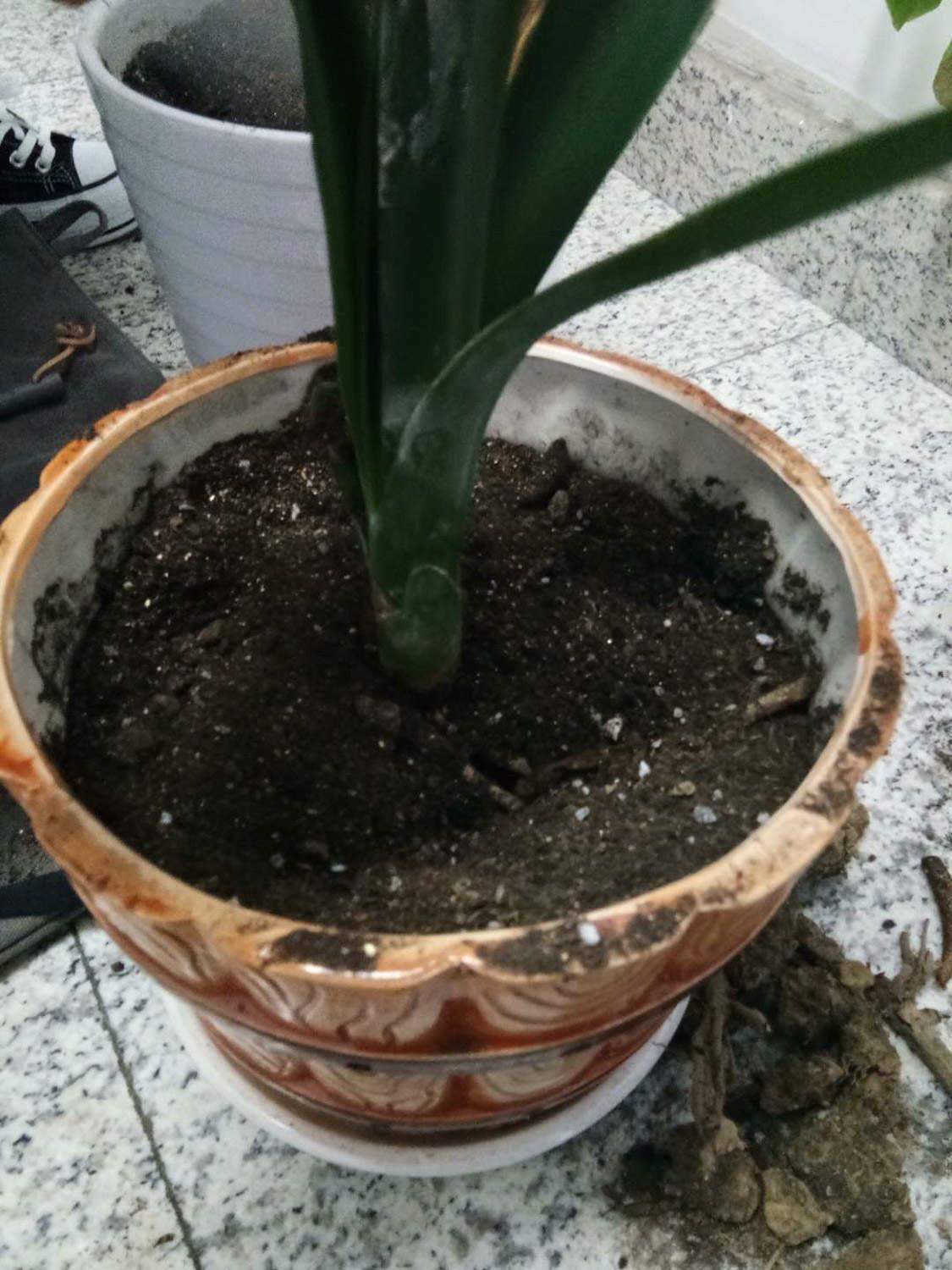
(2) Shading treatment, use thin cardboard or Cover half of the Clivia leaf with tin foil and fix it with a small clip. Whichever side the leaf tilts to, fix it on that side. It will be corrected after a while.
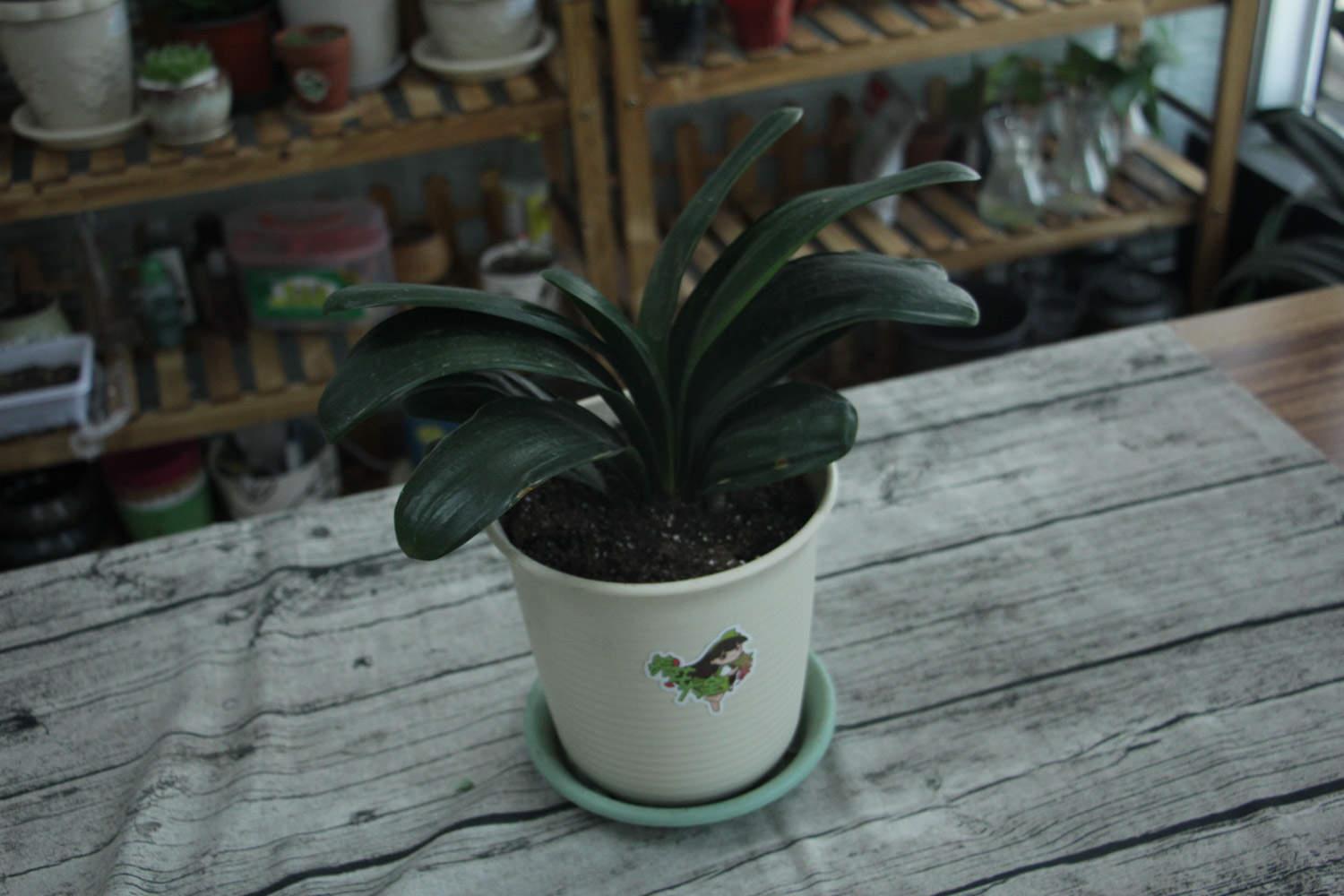
What to do if Clivia has rotten roots
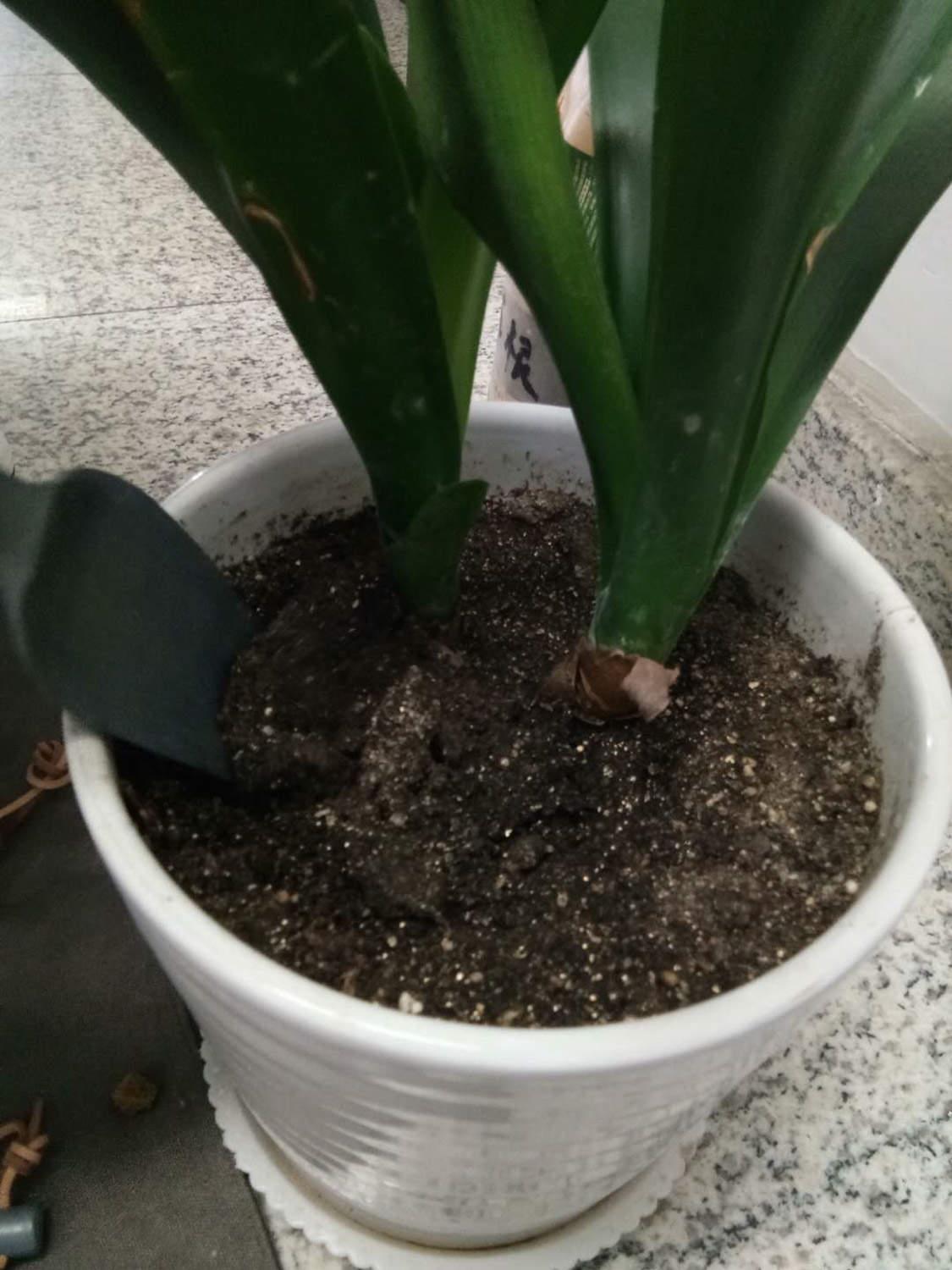
The weather in summer is dull and humid, and Clivia is prone to root rot. At this time, flower friends should make a decisive decision and save it in time.
1. Take the Clivia out of the pot soil and clean the soil at the roots.
2. Cut off all the rotten roots and be sure to clean them to avoid root rot again, but be careful to retain the bulbs of Clivia.

3. Place the cleaned roots in permanganate Soak in potassium solution for half an hour, then place in a cool and ventilated place to dry.
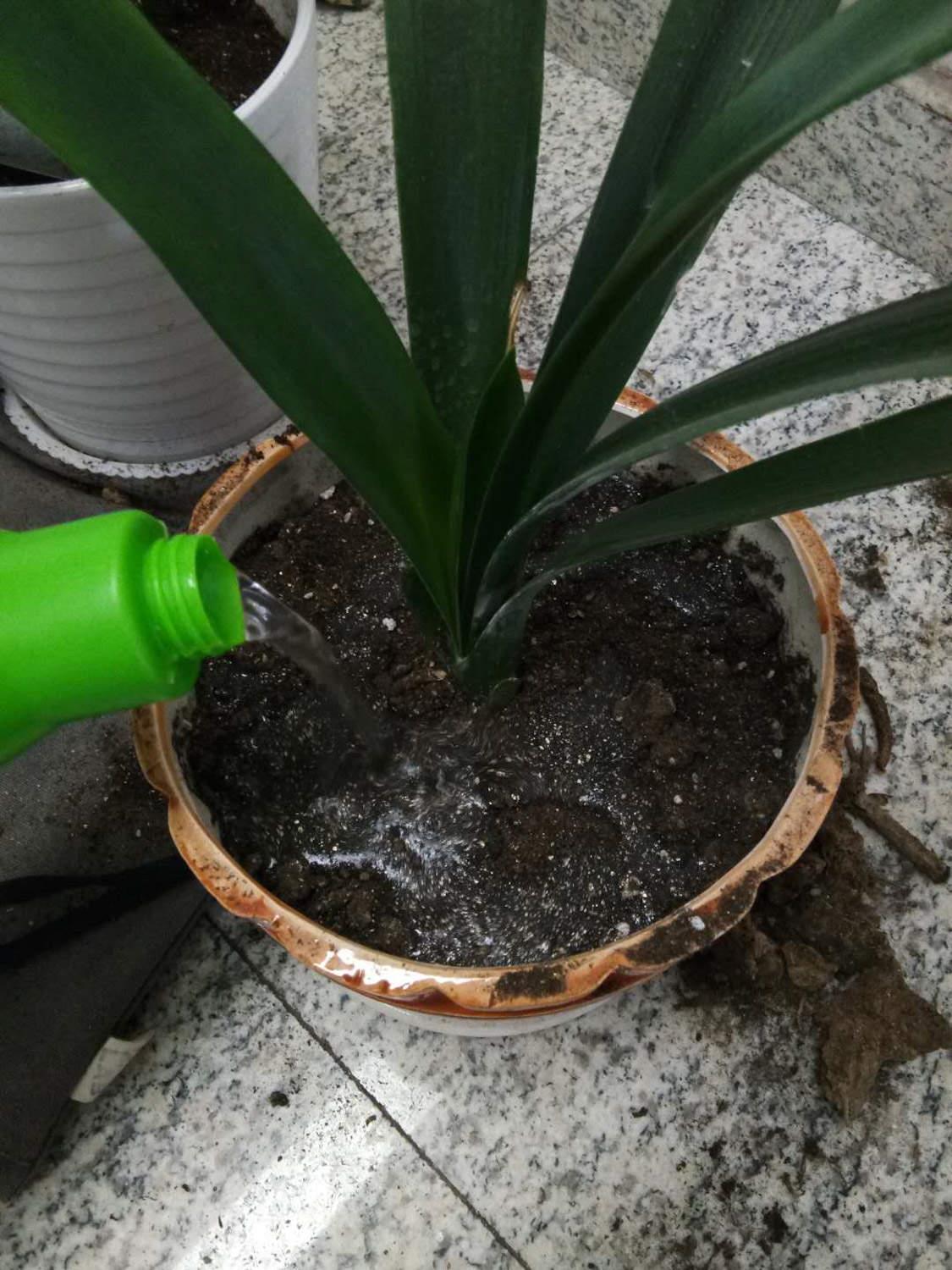
4. Prepare some sphagnum moss to soak in hair and wrap it roots and put them in a flower pot. Sphagnum moss can also be replaced by soil such as sawdust, vermiculite, and perlite.
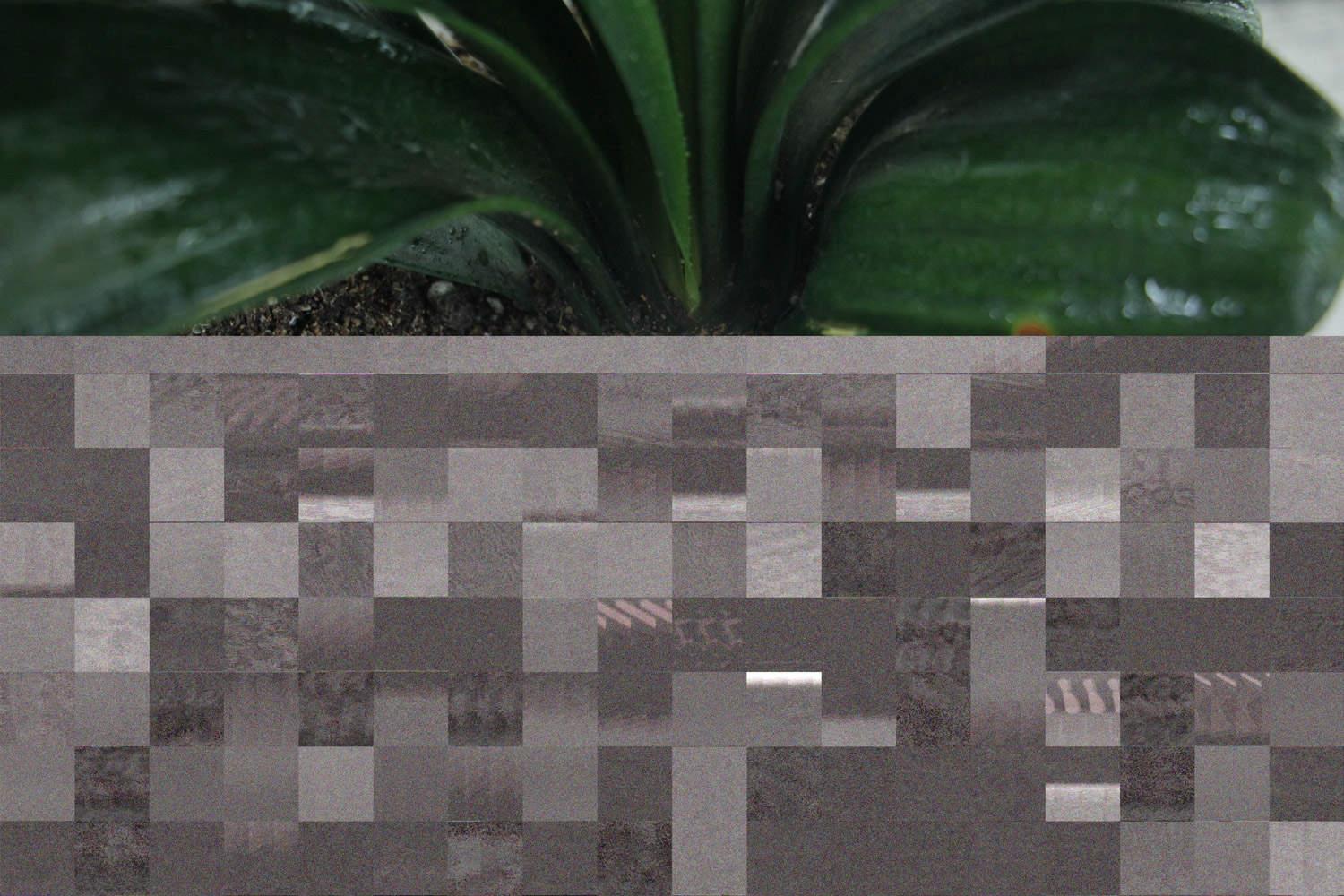
5. Put the Clivia in a cool and ventilated place and touch it. Spray water when the surface of the pot soil is dry, but be careful not to spray water into the center of the leaves. In less than a month, the clivia will be able to regrow a healthy root system.
What to do if Clivia is heartbroken
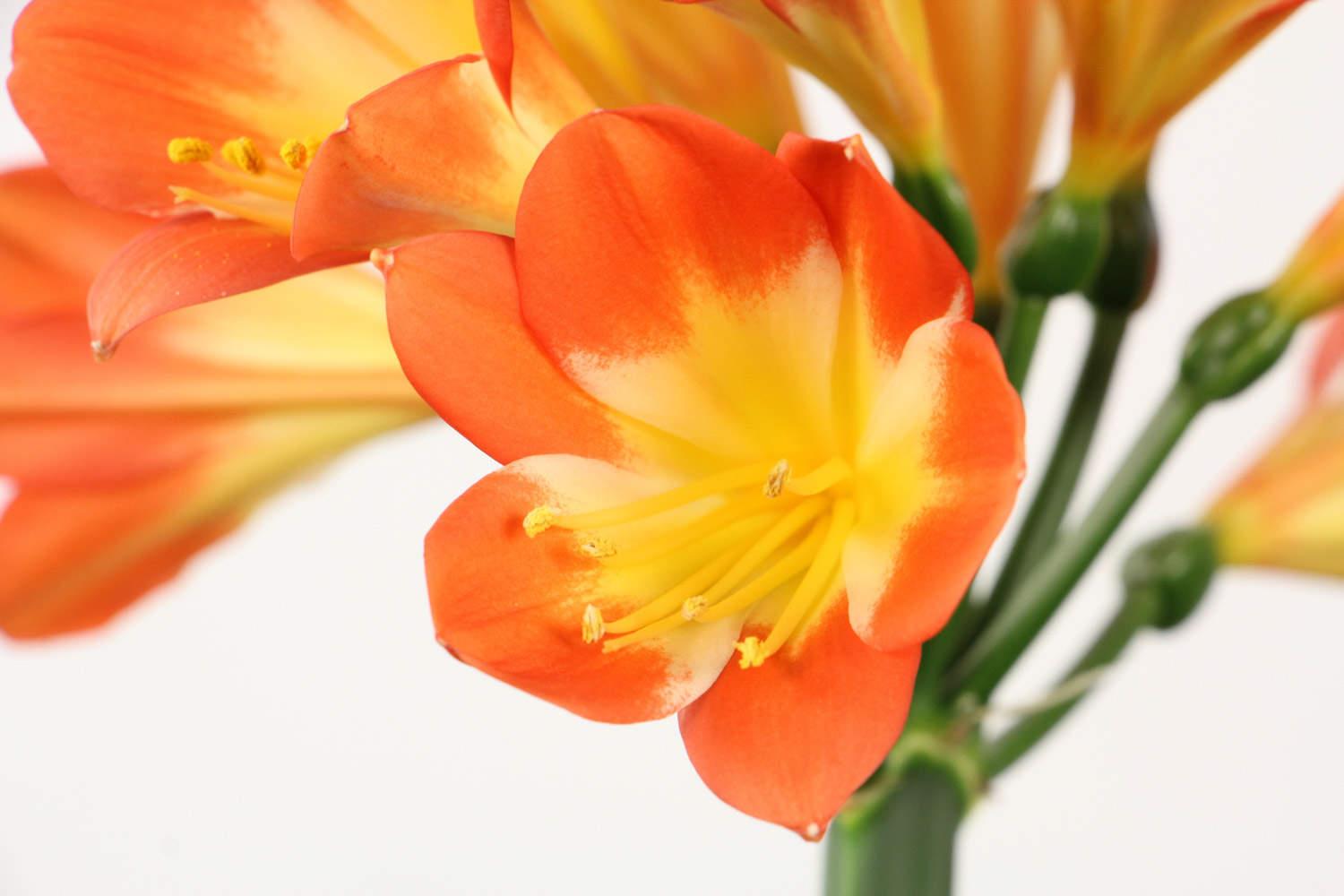
Summer Clivia is also prone to heartburn. If heartburn occurs, it must be rescued in time.
1. If the heart rot is not very serious, the rotten leaves should be removed and all the rotten parts should be removed.
2. If the rot of Clivia is serious, cut off all the leaves and apply some carbendazim on the wound to disinfect it.
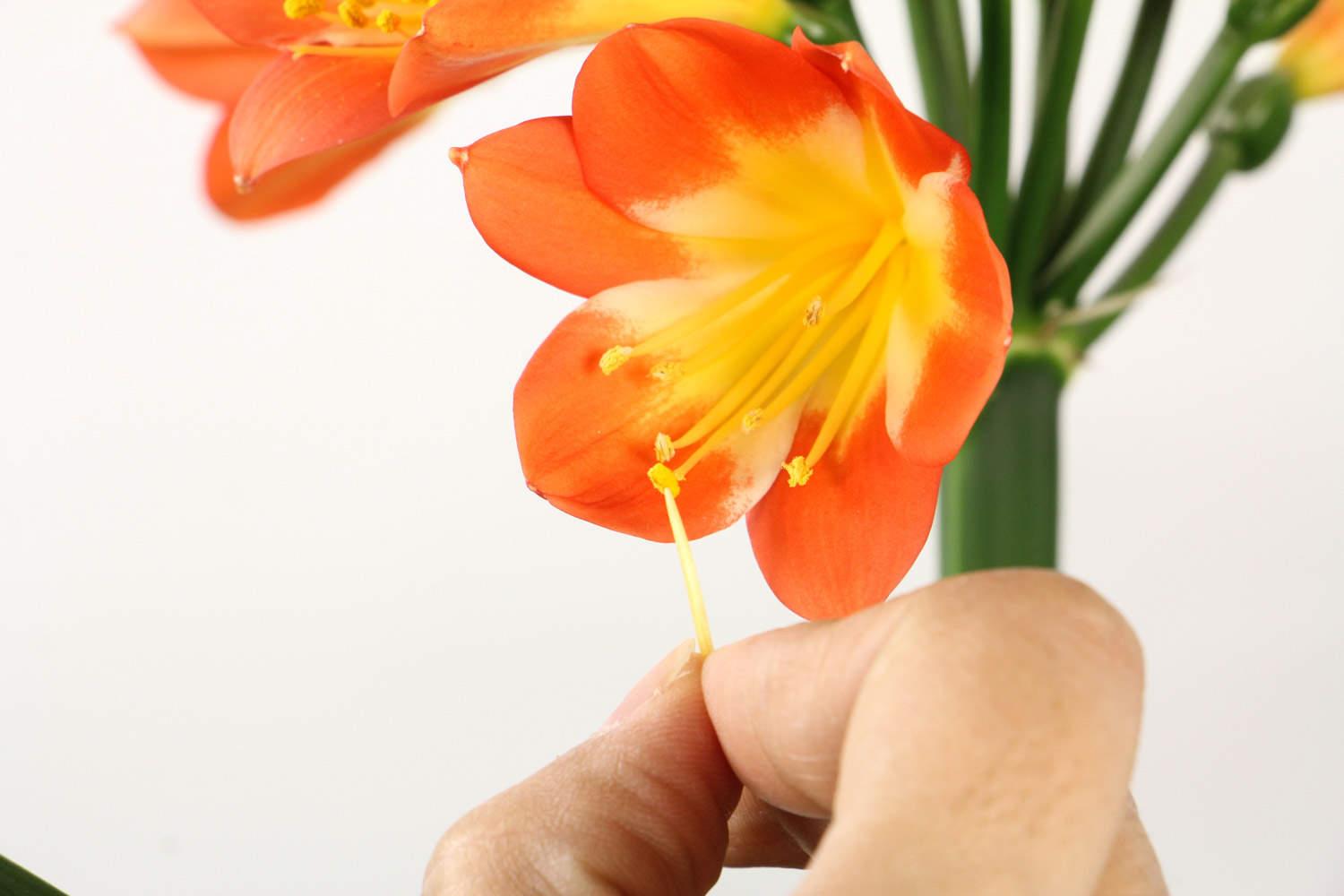
3. Place Clivia in a cool and ventilated place, slowly The slow clivia will sprout again, and if maintained properly, it is easy to get clusters of plants.
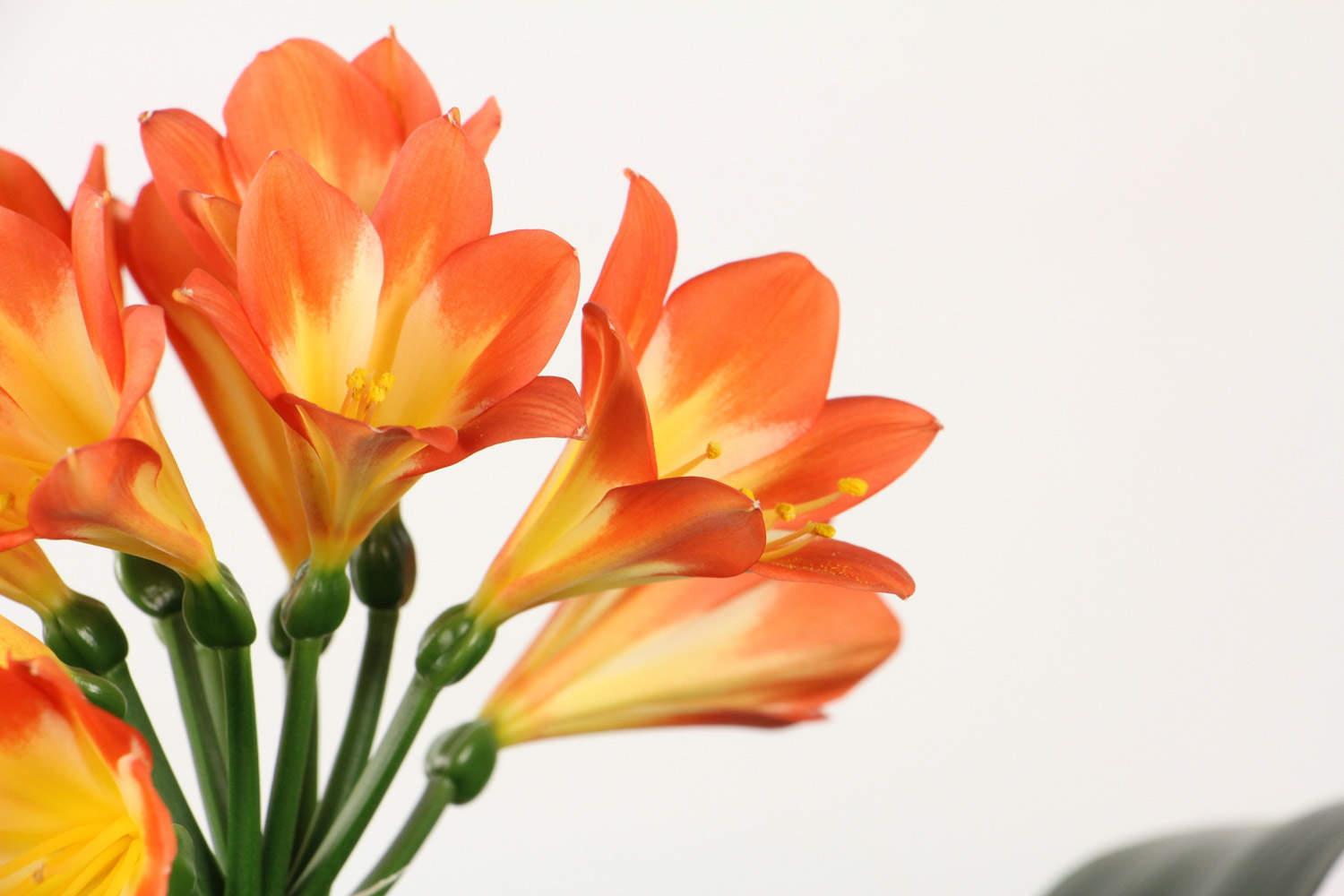
What to do with yellow leaves of Clivia
< h3>1. Normal yellow leavesThe leaves start to turn yellow, become thinner and softer from the roots. This is the normal metabolism of flowers and plants, so don’t worry.
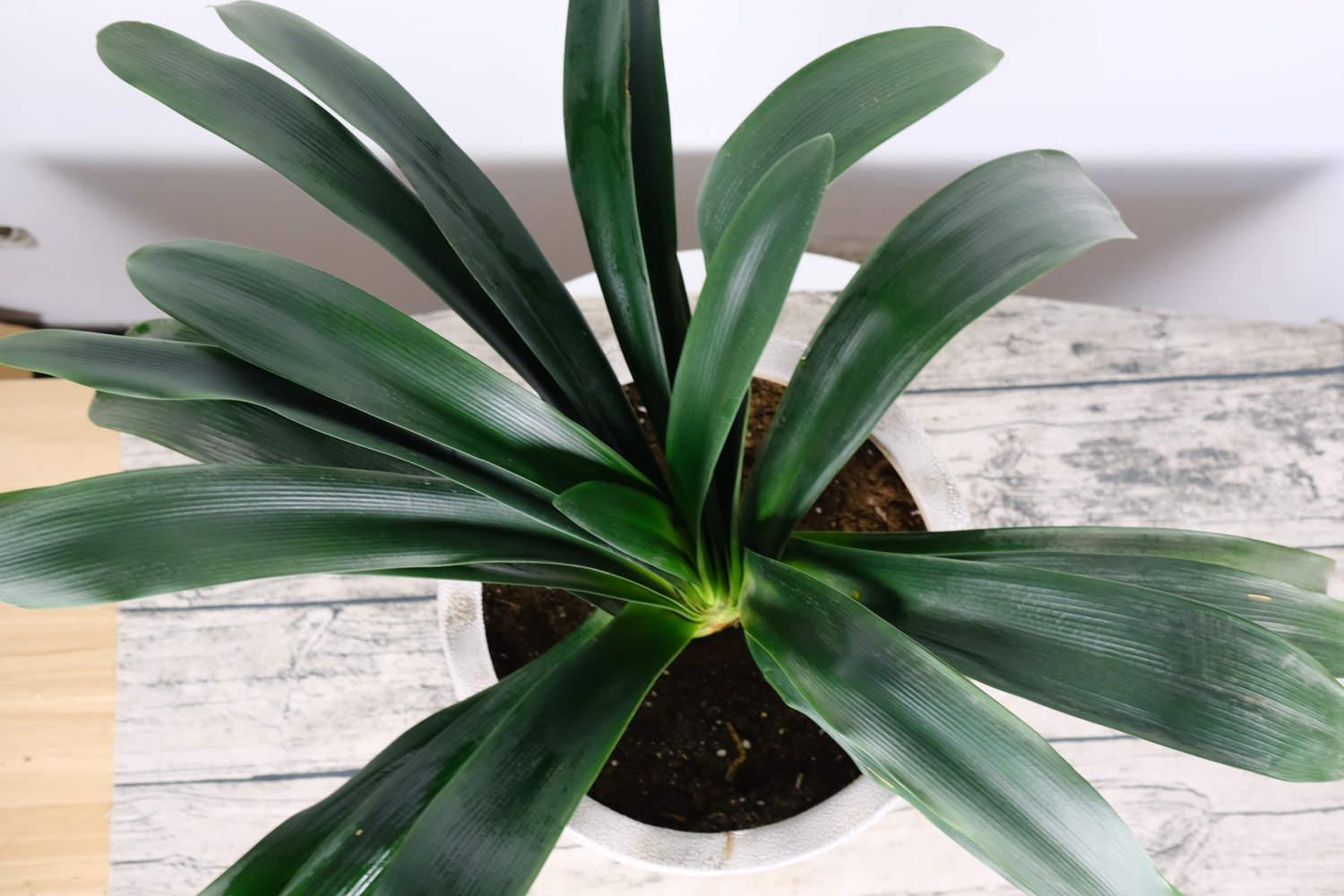
2. Too much watering and yellowing.
The symptoms are bright yellow on new leaves and withered and yellow tips of old leaves. It is necessary to reduce the frequency of watering and replace it with soil with better air permeability as soon as possible.
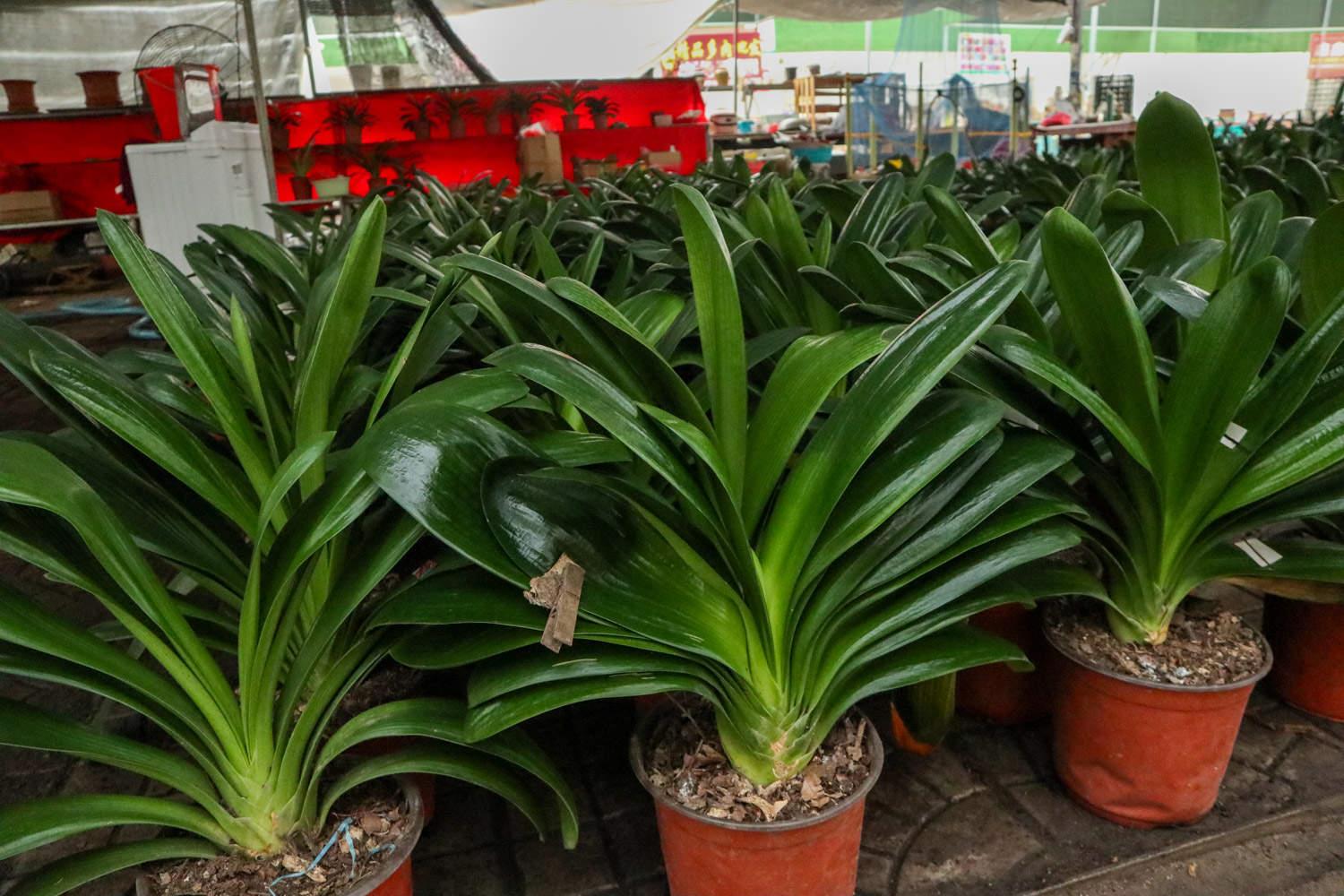
3. Yellowing due to water shortage and drought.
The old leaves are withered and yellowed and fell off, while the new leaves are normal. Watering frequency needs to be increased.
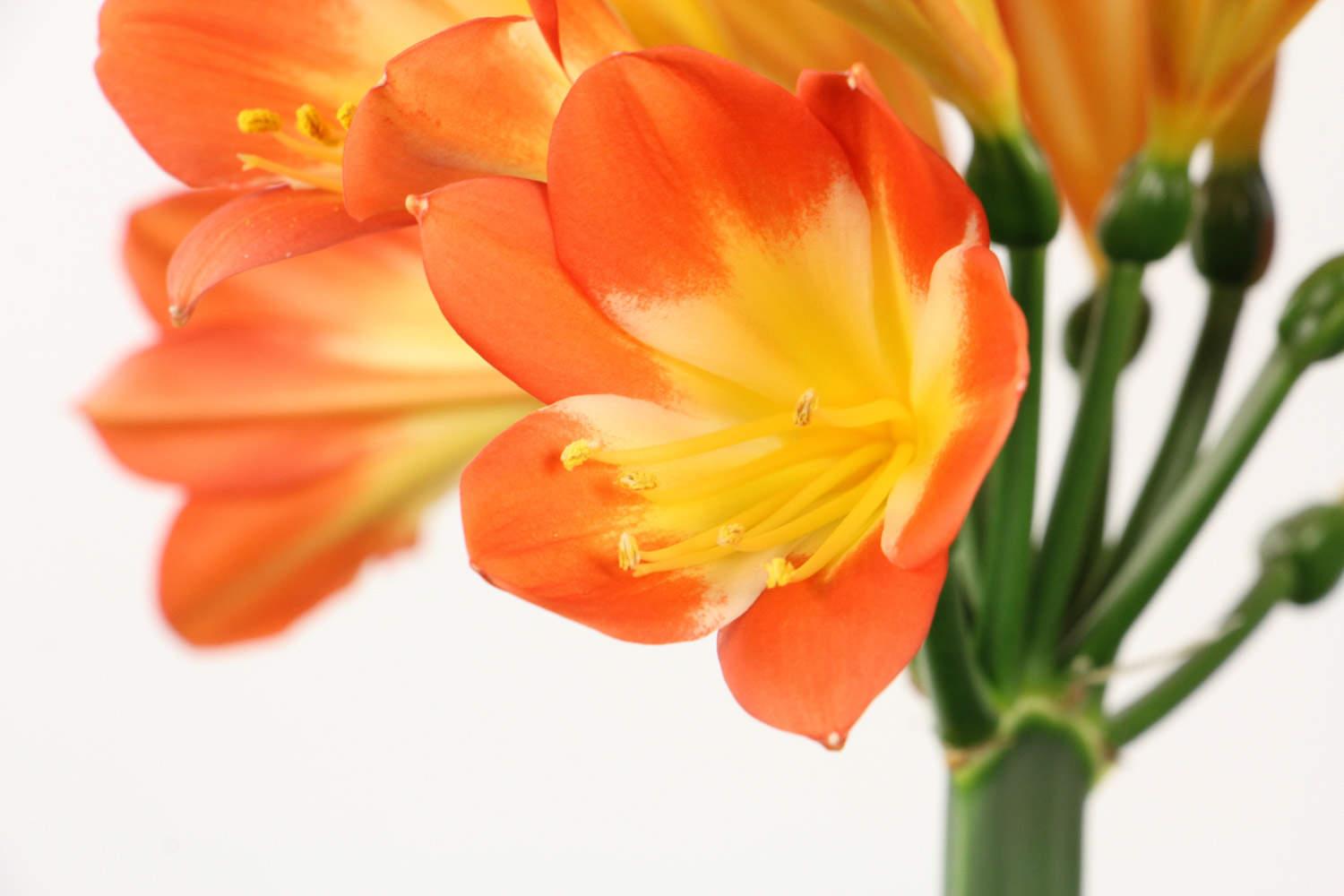
4. Too much fertilizer will cause yellowing < /h3>
The tips of new leaves are dry and brown, the tips of old leaves are yellow and scorched, and the leaves are thick but uneven. It is necessary to remove the pot in time, clean the soil at the roots, replace the pot soil, and repot.
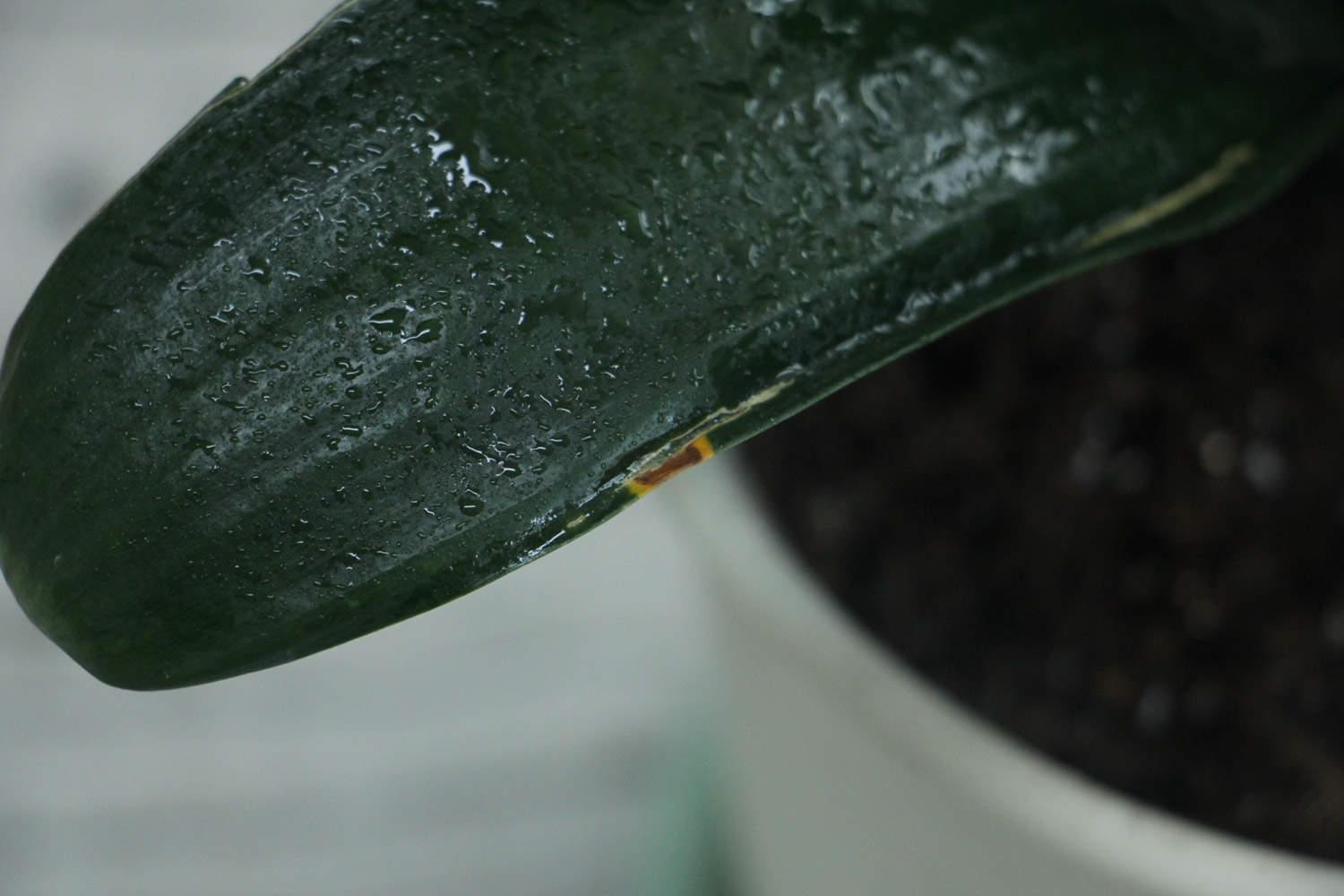
5. Lack of nutrition and yellowing
The symptoms are that the old leaves start to turn yellow from the leaf tips, and the new leaves are thin and soft. Fertilizer needs to be applied as soon as possible. Organic liquid fertilizer should be diluted with water at a ratio of 1:2000, and then poured into the Clivia.

6. Yellowing due to insufficient light
The old leaves turn white and the new leaves are tender yellow. It needs to be replenished with sunlight in time, but it should not be exposed to sunlight suddenly. It should be placed in a bright place indoors and receive sunlight in the morning and evening.
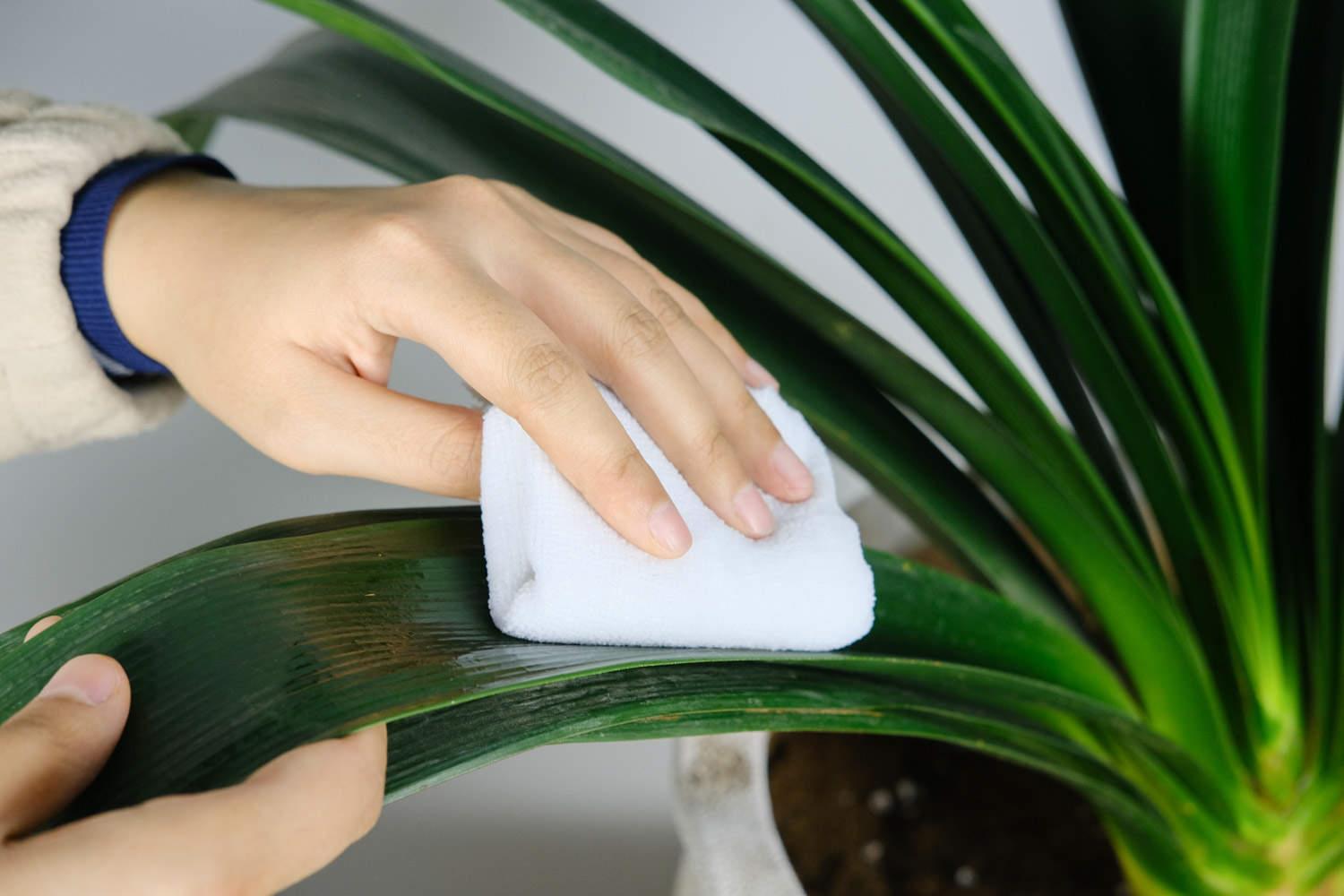
7. Yellowing due to excessive sun exposure < /h3>
It manifests as large areas of yellow spots on the leaves. Clivia needs to be moved indoors in time and placed in a bright and ventilated place.
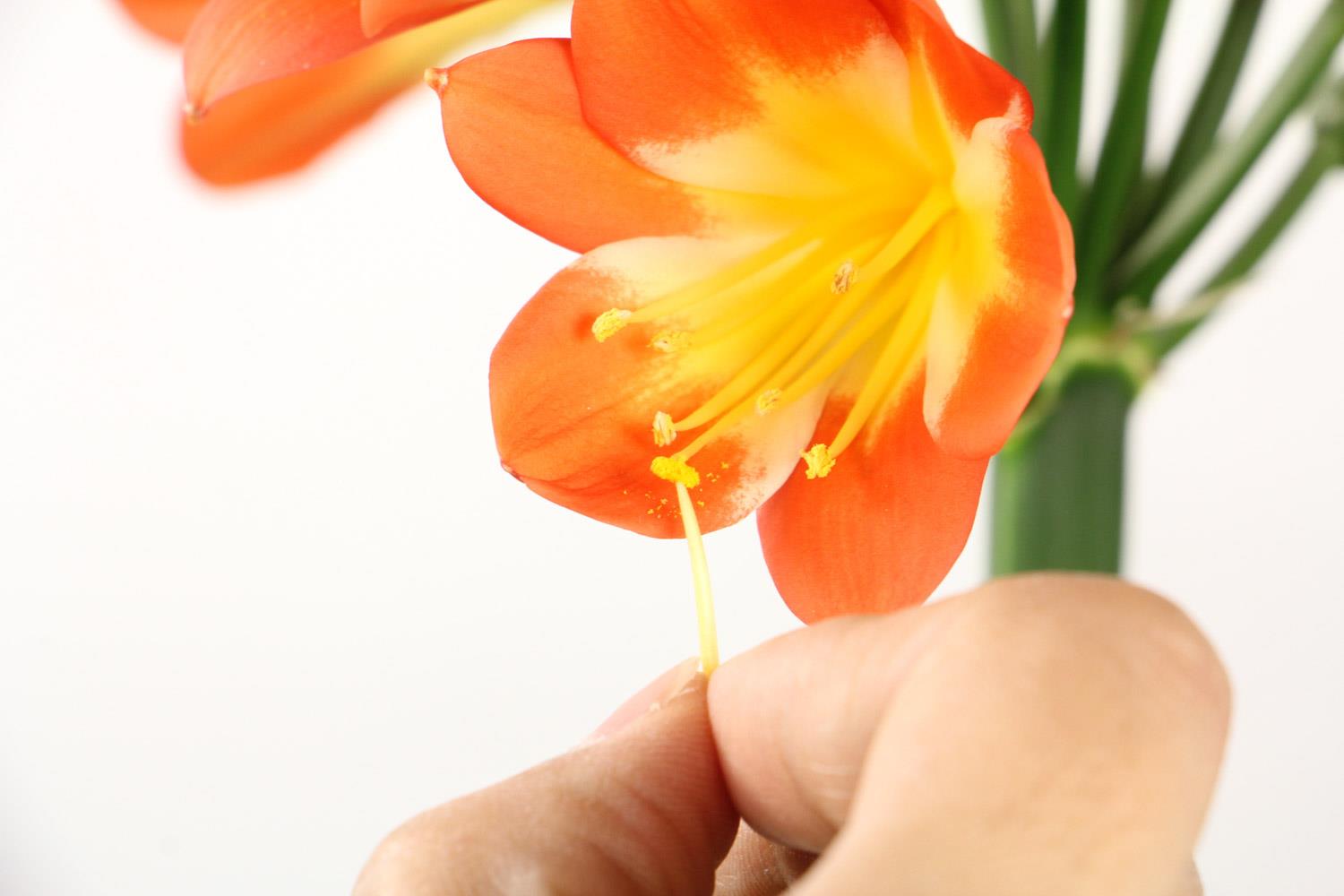
8. The soil is too alkali and turns yellow < /h3>
The leaves turn from bright green to dark yellow, and the leaves fall off. Pot soil should be replaced in time.
Mix humus soil and vermiculite at a ratio of 1:1. You can add a small amount of sawdust, cinder, perlite, sphagnum moss, peanut shells, etc. to replant Clivia.
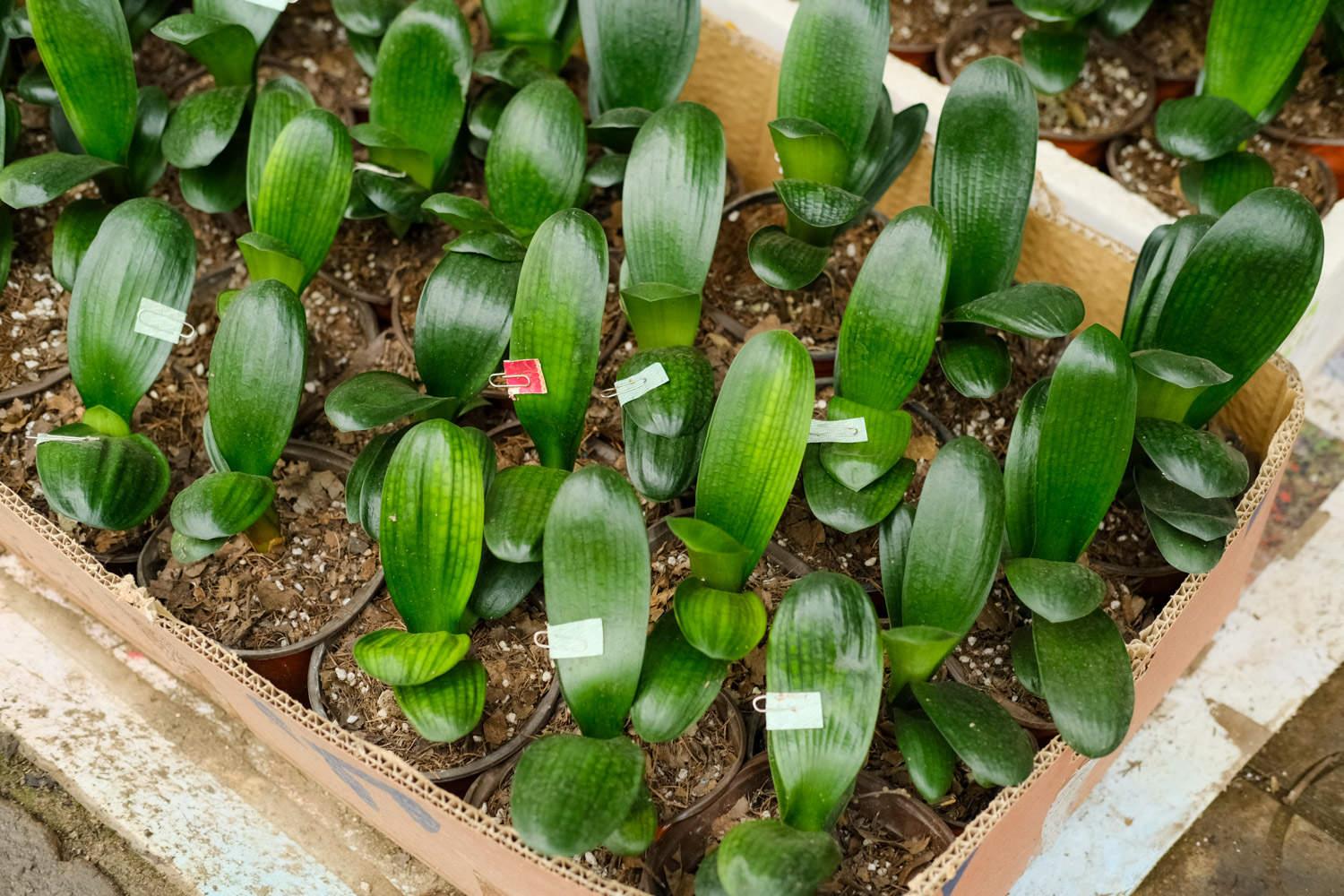
How does one Clivia plant grow into many
1. In 2-3 years old Clivia, small buds will appear next to the plant. This is the "baby" of Clivia.

2. Wait until the buds grow to 2-3 leaves When the time comes, you can separate the small buds. Remove the clivia from the pot and clean the soil from the roots.

3. Soak the roots in potassium permanganate solution Half an hour, the general solution ratio is potassium permanganate: water = 1:3000.

4. Place the roots in a cool and ventilated place to dry , cover the leaves of Clivia with newspapers, etc.
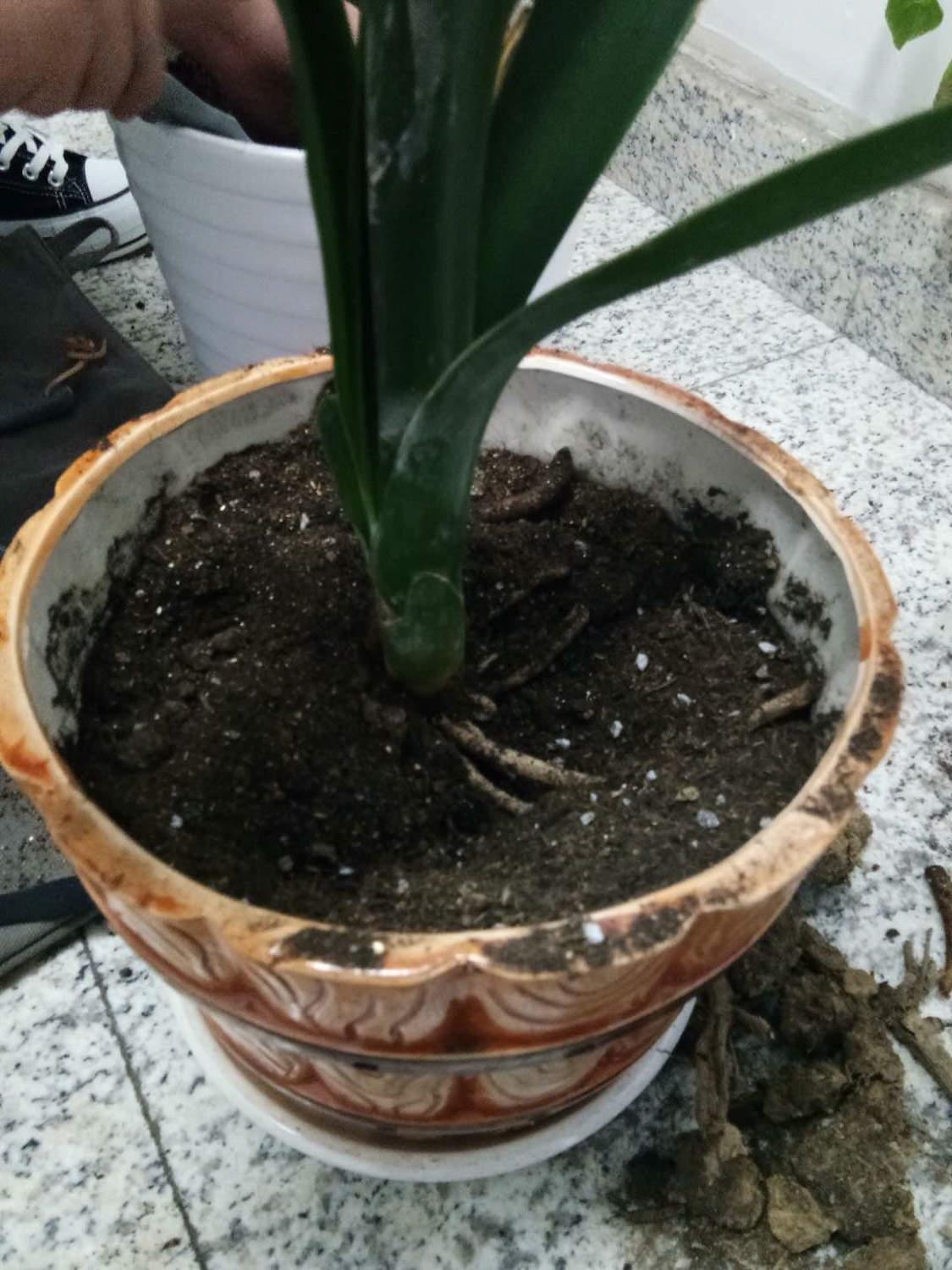
5. Use a sterilized knife to remove the buds from the mother plant. When it is cut off, it is best to bring a few roots with it, which will help it survive later.
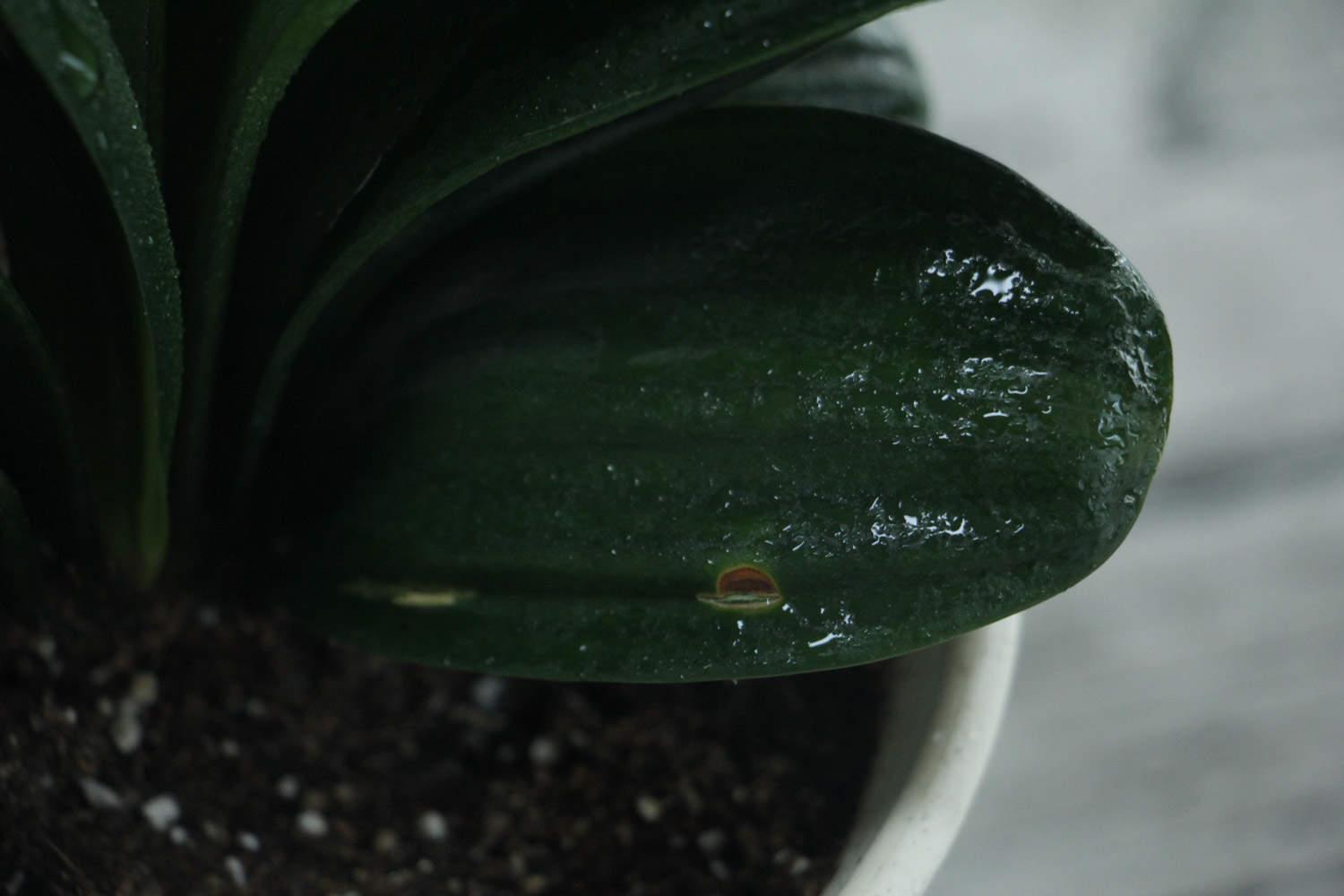
6. Apply some high manganese to the wound at the root of Clivia Disinfect with potassium acid solution.

7. Replant the Clivia in the pot and water it Pour it thoroughly with water and place it in a cool and ventilated place, away from direct sunlight. After the Clivia grows new leaves, you can maintain it normally.
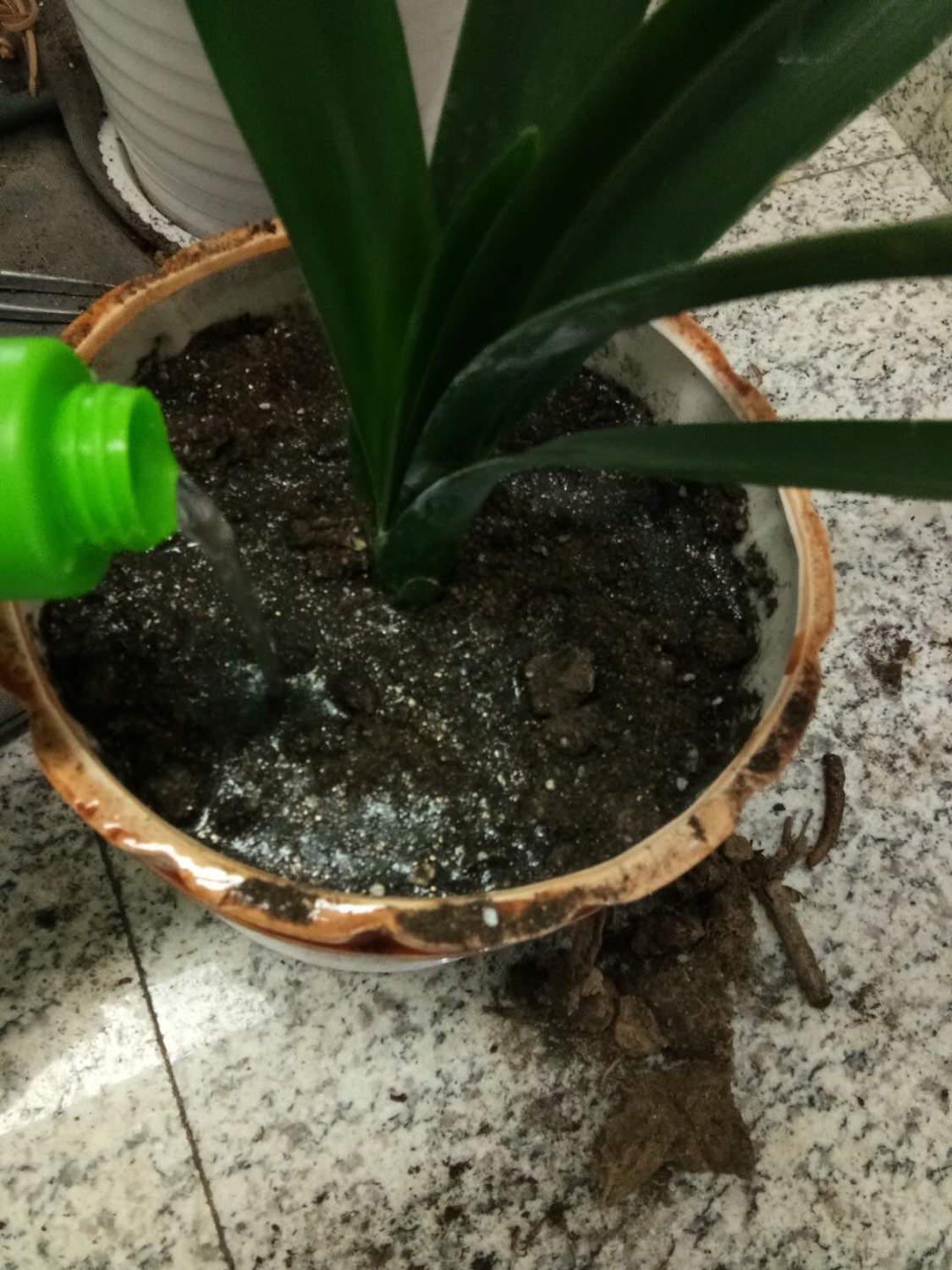
The more expensive Clivia variety
< p>Of course, there are also many valuable varieties of Clivia, and Huahua will introduce some below.1. New Zealand Cream
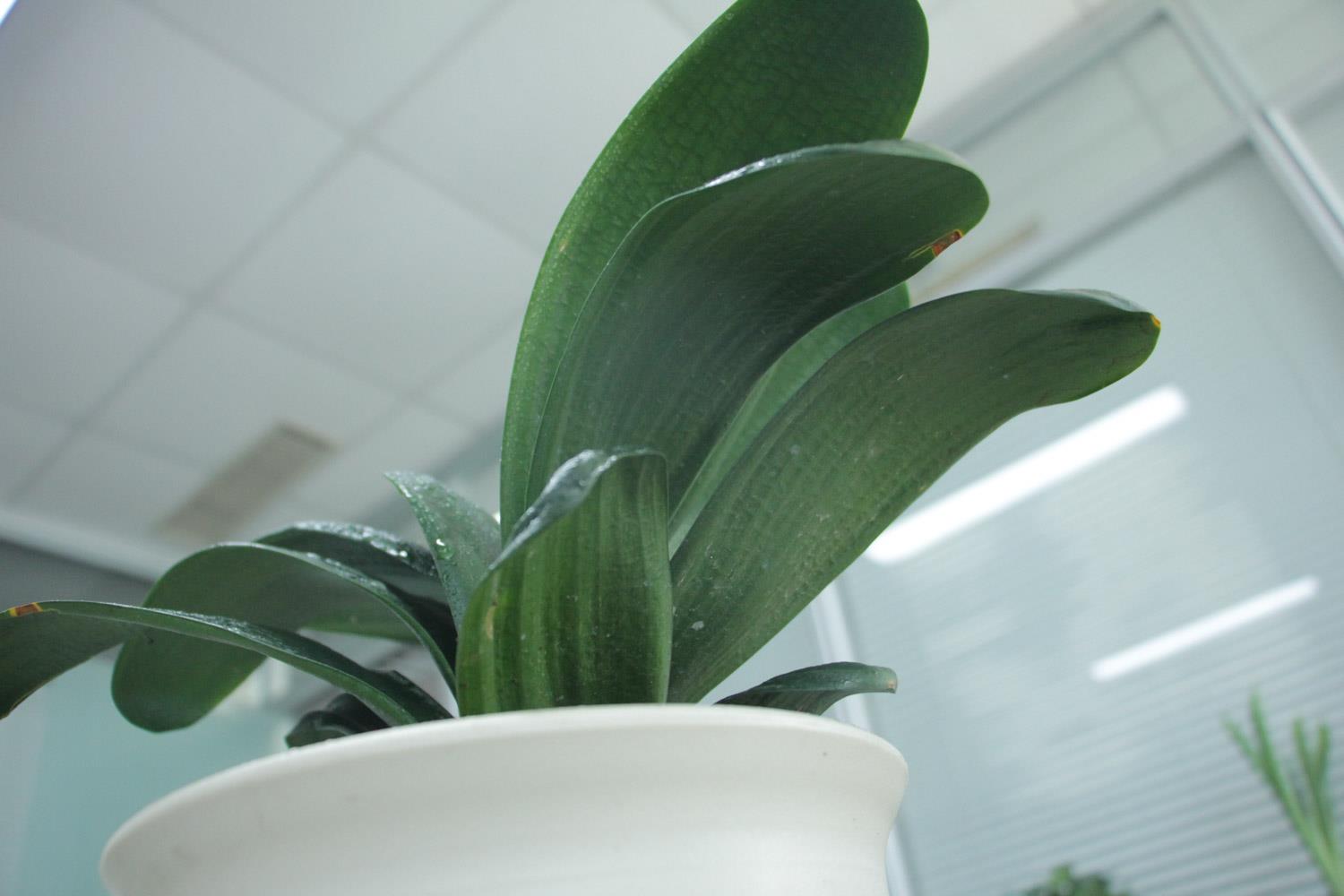
2 , South African green flower
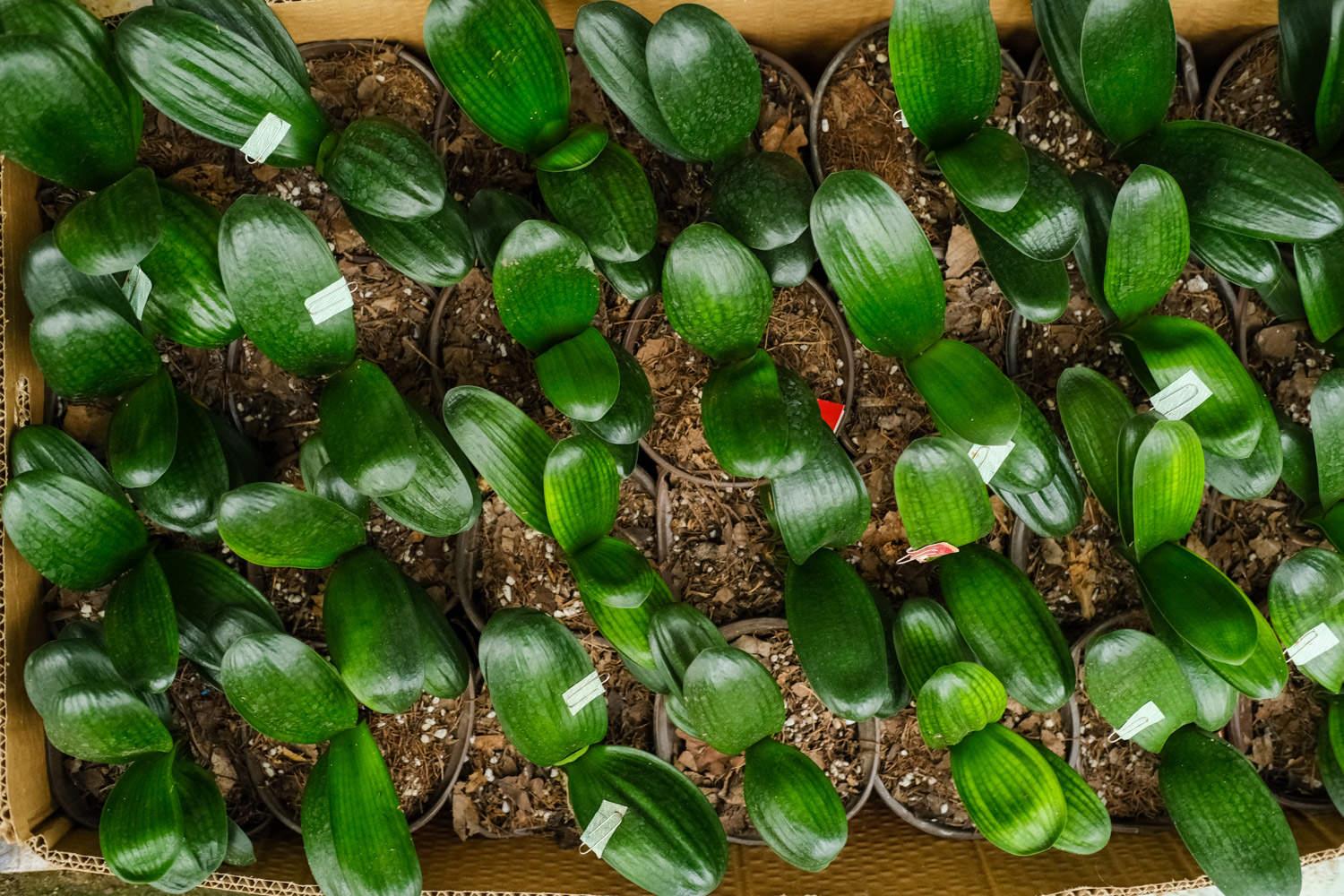
3. Reflective butter flower

4. Swamp
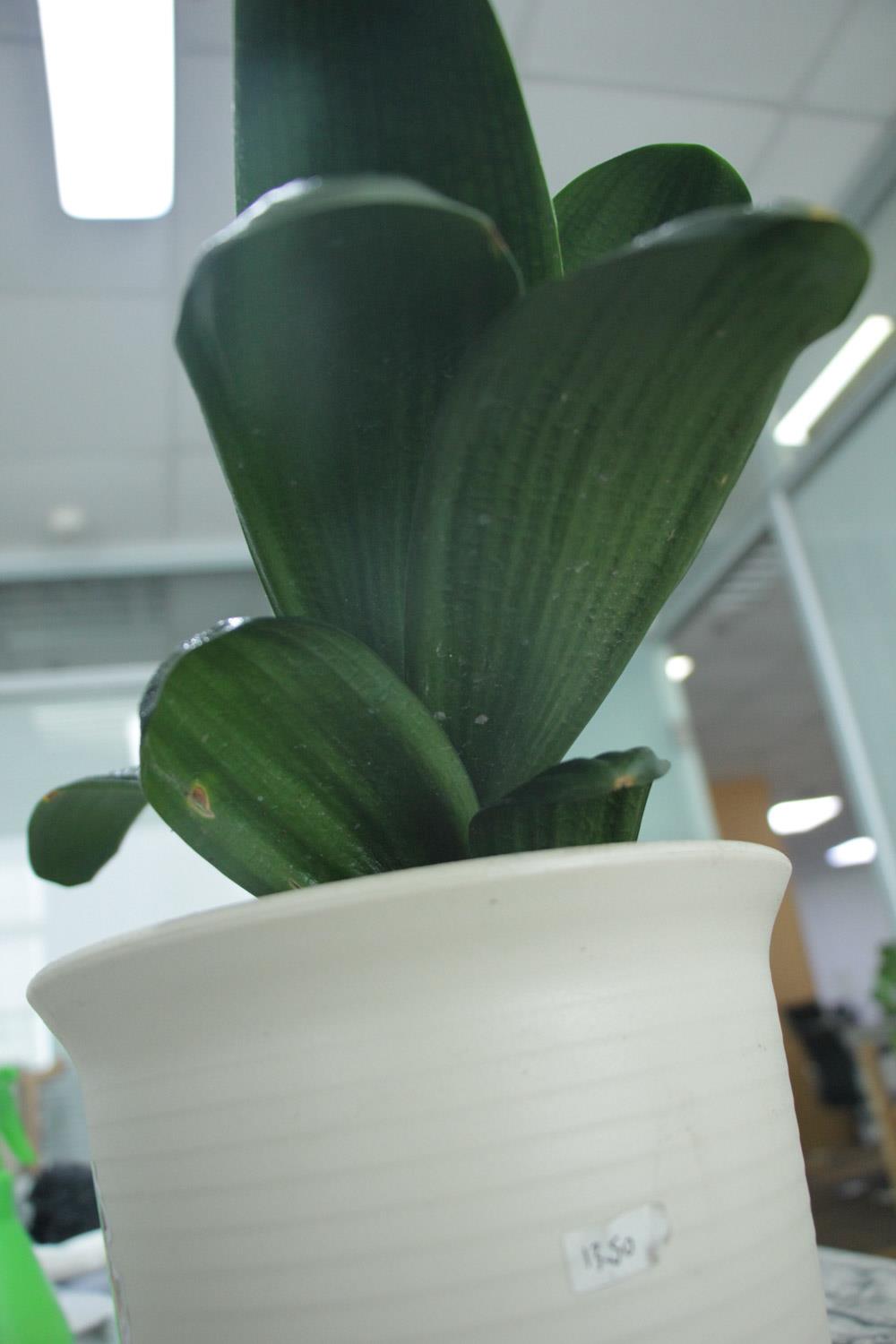
5. Green pockmarked face
6. Yellow-flowered green-throated orchid
< p>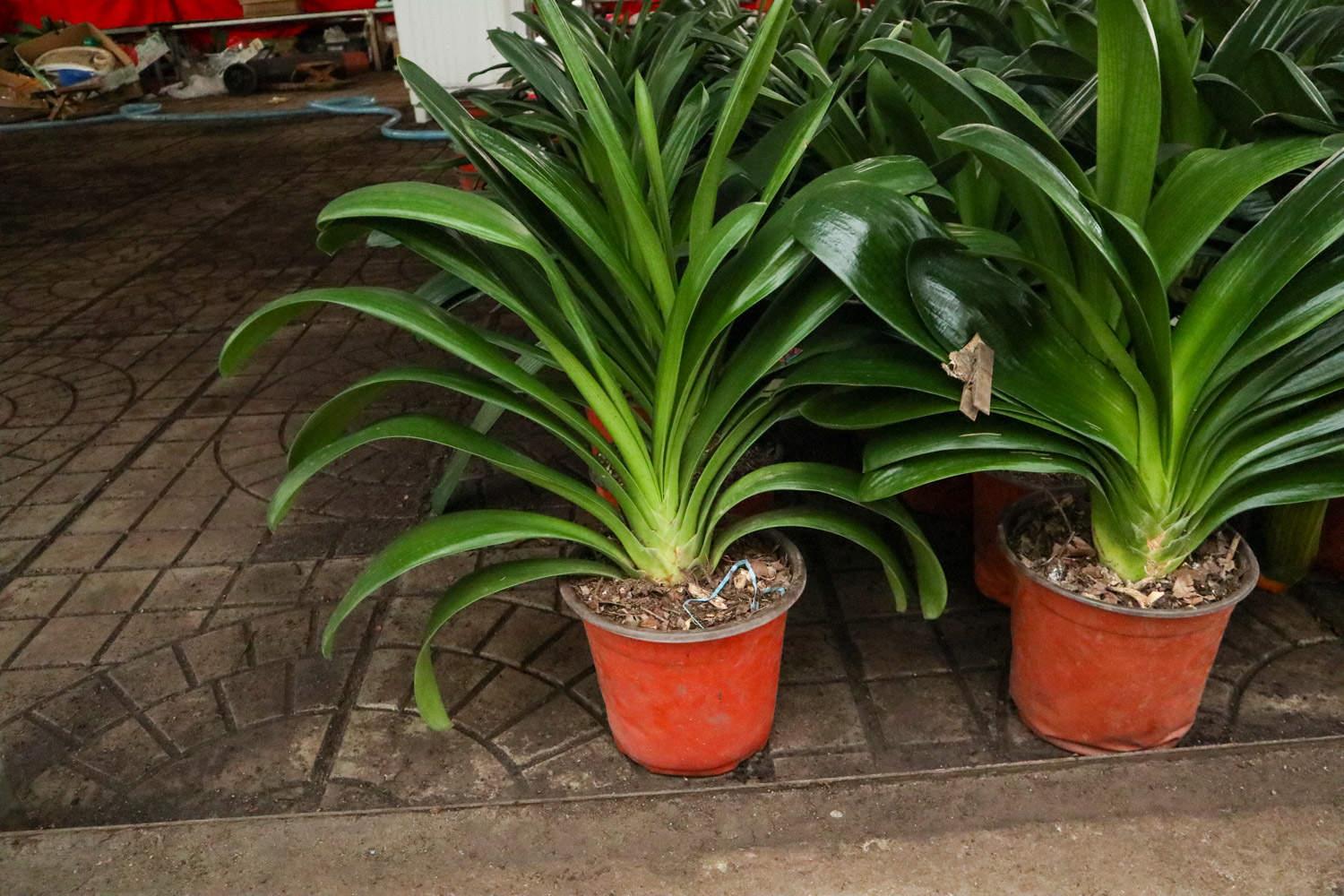
As long as flower friends treat Clivia well
Clivia I will definitely repay the flowers friends!
What to do if Clivia has rotten roots
What to do if Clivia is heartbroken
What to do with yellow leaves of Clivia
How does one Clivia plant grow into multiple plants
The more expensive Clivia variety
- END -
The difference between tangerine and orange
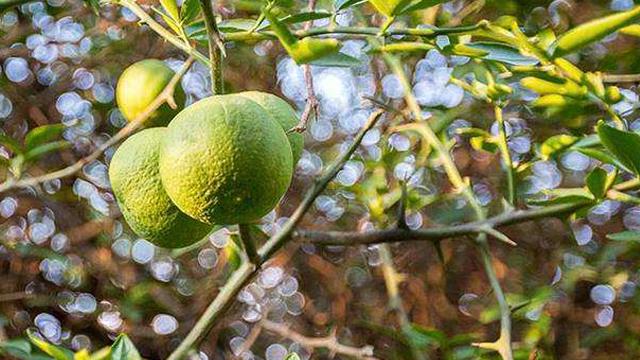
Leaf differences: The leaves of Tangerine are narrow and long with wings, and the ...
What kind of lapins are cherries?

lapins cherries, commonly known as lapins, are a mid-late maturing variety bred in...